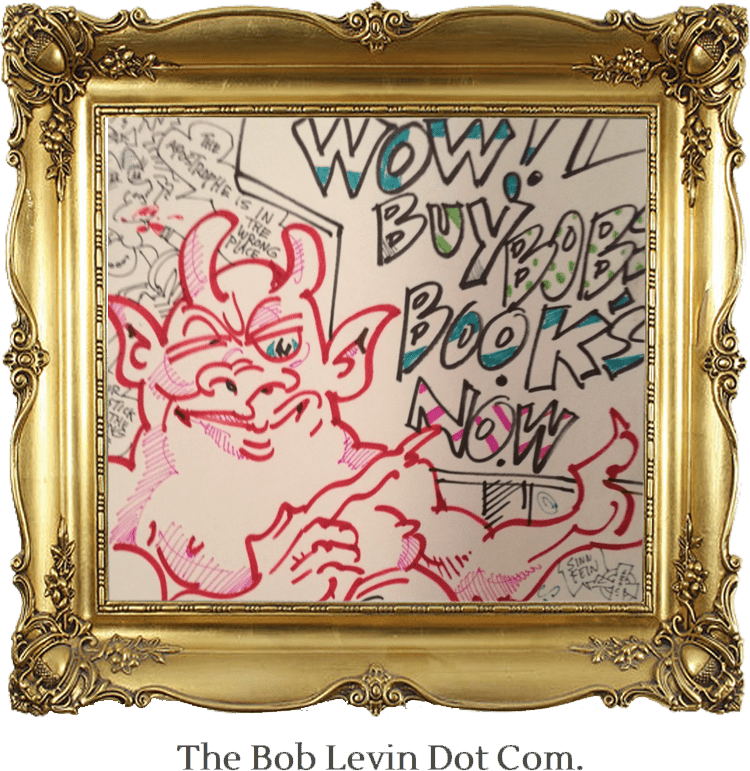Not that many of you will care what I think but recently a friend who has swung hard right, since being slightly right in college, asked me what I thought about Israel. Here is how I replied, slightly edited. (Some of this, some readers, will have heard before.)
I think it all comes down to tribes squabbling over dirt. (This applies to Israel vs. Palestinians, Russia vs. Ukrania, and any other disputes you care to name.) Unless we recognize we are all one tribe (people) on one patch of dirt (Earth), we are doomed. +++What I think that what went on with “Palestine,” which is the name the Ottoman’s gave to part of the dirt they controlled, which, along with much else, was wrested from them by the Brits in WW I, is that the Zionists, who wanted a piece of it, out-muscled, thru a variety of means, the Arabs who wanted it all. Most of the Arabs who were there fled, or were driven out. Most of the Jews in Arab countries fled or were driven out. Israel took in the Jews. The Arabs out-foxed them by not taking in the Arabs. They hung around, multiplying, waiting to get back where they’d been. Then 1967 rolled around and Israel grabbed more dirt and the Arabs living on it. Now you’ve got two tribes contesting the same dirt, large numbers of each believing God gave it to them. What each side needs is a Nelson Mandala, but each side has so many crazies that before anyone could get very far, someone would probably kill one or both. Also, each side thinks its God gave this dirt to them, so unless these Gods or someone else’s God works this out, matters will remain sticky.
Anyway, I think Israel has the right to stay where it is, because it won it. (That’s how any country gets to be where it is, the USA, France, ISIS even. Some tribe wins some dirt and declares itself a country.) They can keep it until someone takes it away. How they treat the people who live there meanwhile is another matter, and one the Israelis aren’t doing very well with in my opinion. (Michael Ignatieff, in the NYRB, discusses a book by Michael Walzer which argues that Israel, like India and Algeria, are failed attempts at secular liberation movements because they underestimated the religious extremism at too many of their citizens’ core.) Personally, I would do away with countries. This would be tough on the Olympics, but we’d stil have the NBA and MMA. Israel’s problem is that it is surrounded by all these other tribes who want to destroy it. There are many more of them, and probably some day, once they to stop killing each other, they will succeed. I won’t be around then, and since I don’t have any children, it’s not even secondarily my problem. Being Jewish though, I confess to having this irrational rooting interest in the situation, similar to my old rooting interest in Jewish athletes or Philadelphia teams or bald guys.
